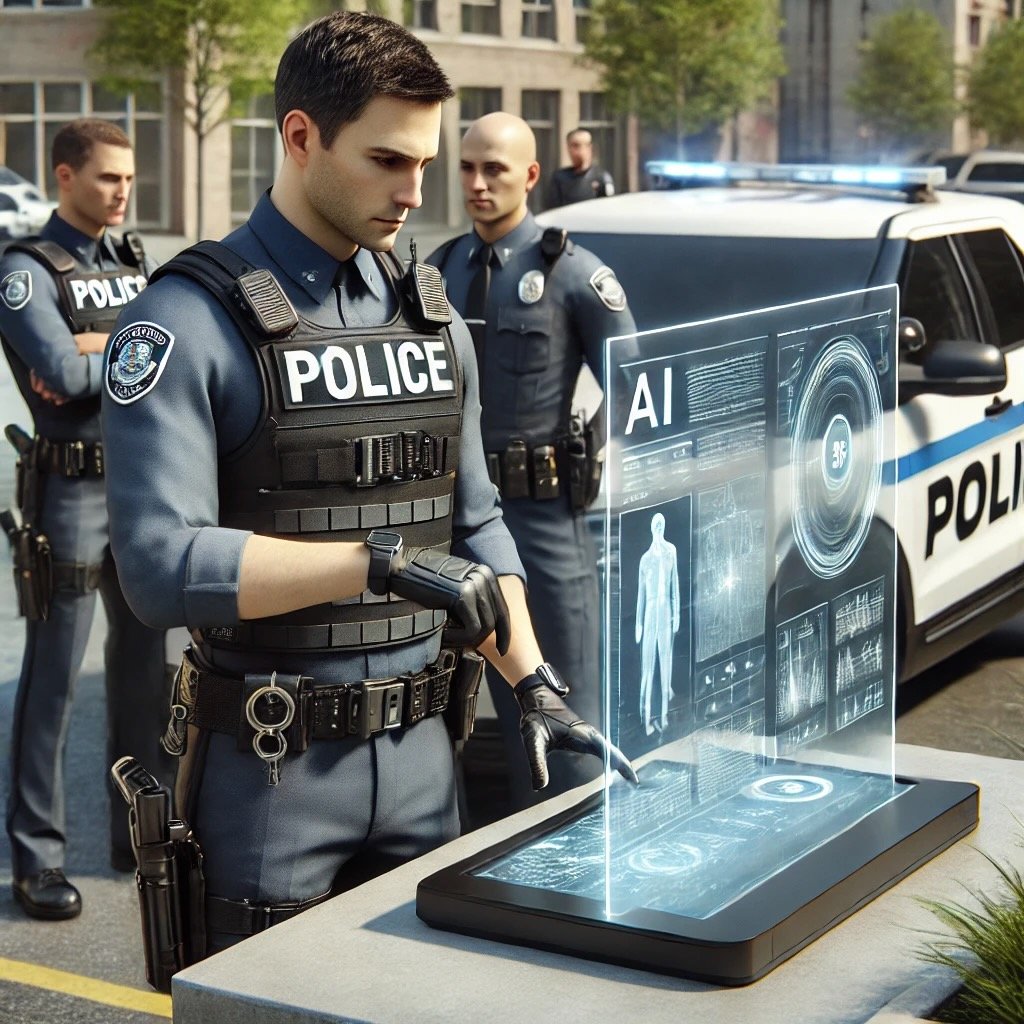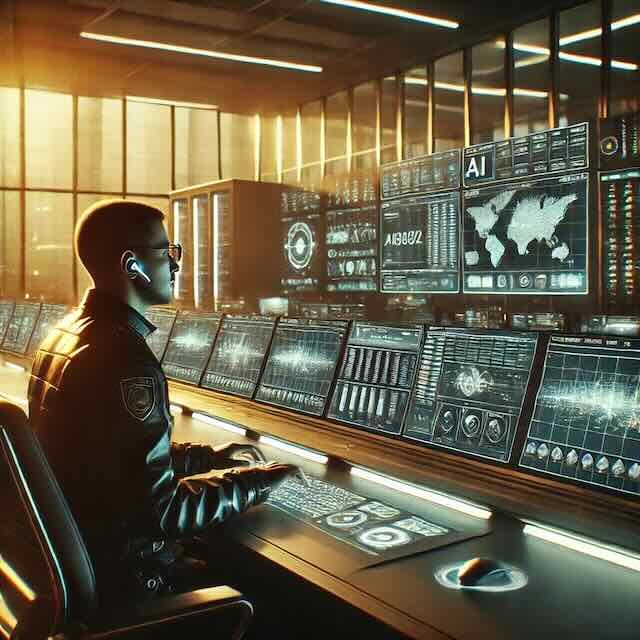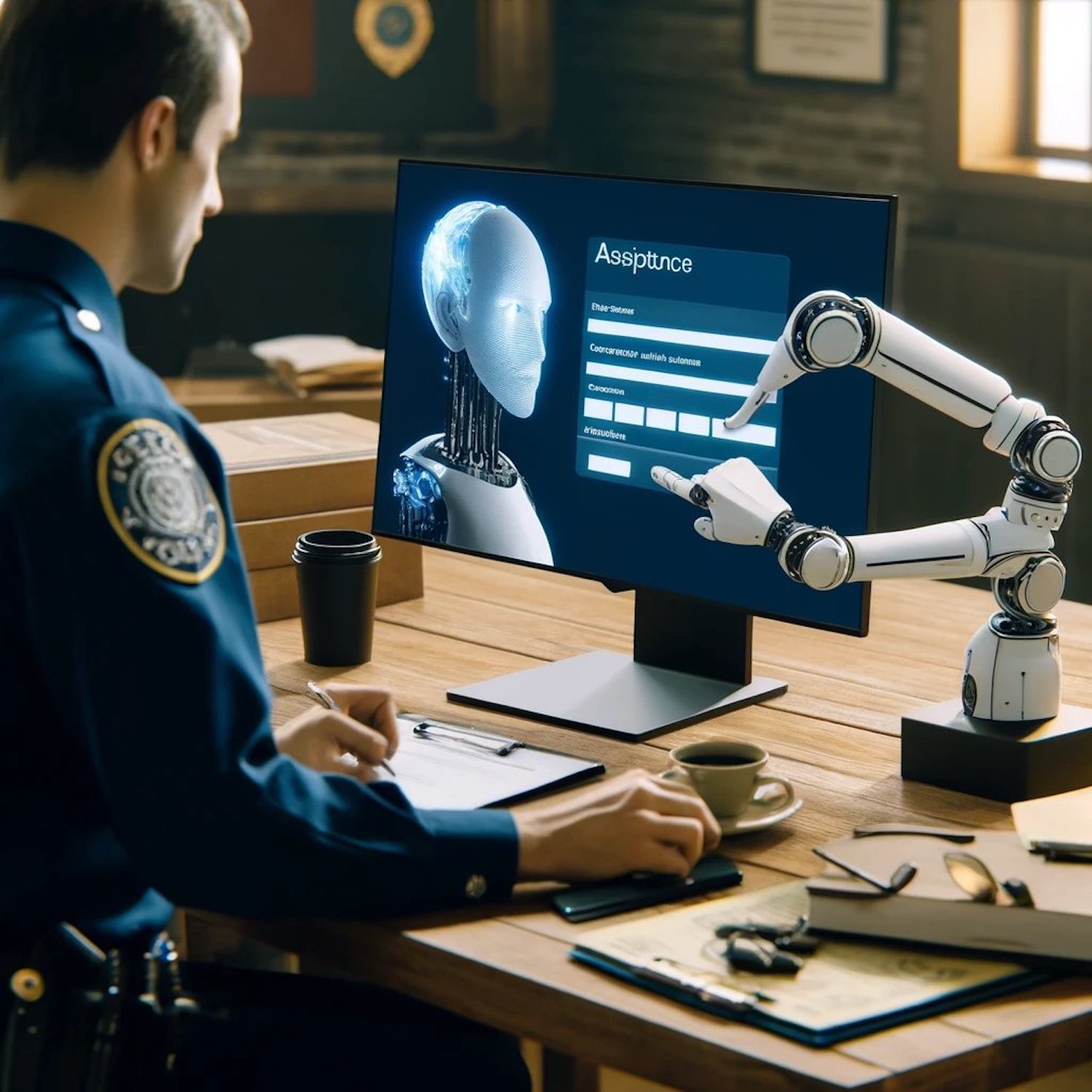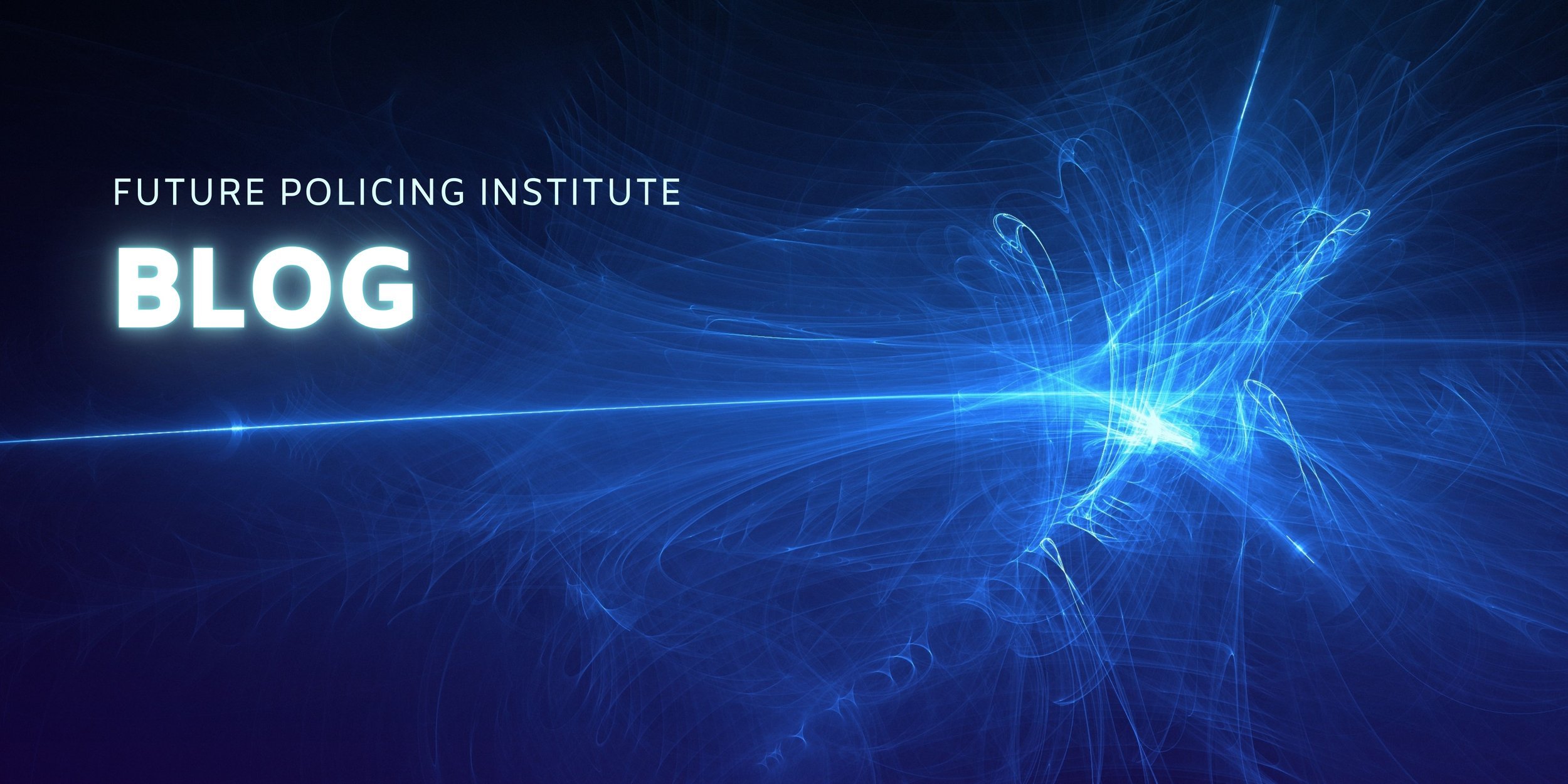Disclaimer: The views and opinions expressed by the Future of Policing Institute fellows are theirs and do not necessarily reflect the views or positions of any entities they represent.

No cost webinar on using AI (Copilot) in Police Report Generation
Register now for the upcoming webinar on using AI (copilot) to more effectively and efficiently create a wide variety of policing reports. It will be at 8:30am PT on Wednesday, February 12, 2025. Registration is now open. Just click on the “read more” below to register.
Attendees will learn the multiple ways in which Copilot can be used to generate a variety of reports. Use cases will include crime reports, staff reports, city council reports, etc. Practical, easy-to-understand information you can put to work immediately!

Practical Uses of AI in Policing
There are many promises and speculations about what artificial intelligence (AI) can do for policing. Here, we’ll cut through the hype and focus on three actionable use cases where AI can make a real difference. Some uses of AI in policing include: 1. Enhancing Training Programs through AI-Powered Training Materials; 2. Automating Content Creation; 3. Improving Internal Transparency and Searching Capabilities; and, 4. Enhancing Problem-Solving Capabilities.

AI’s Role in Law Enforcement: Enhancing Dispatcher Training with Voice-Enabled Technology
The future of police communications, and the integration of artificial intelligence in dispatcher training, is becoming more apparent.

The Utility and Challenge of AI and Police Report Writing
Cops all across America are using AI to help them write their reports. Of this, we have no doubt. And it’s completely understandable. However, there a multiple implications for cops’ use of AI that police leaders must consider. Learning about AI, understanding its pros and cons, and implementing responsible policies and practices is how policing will realize the full potential of AI while also becoming more effective, empathetic and just.

A Model Policy for Policing’s use of Generative AI
Policing organizations will be well-served by adopting a policy on the use of Generative AI tools like ChatGPT to ensure the responsible use of AI. This model policy provides a starting place for that adoption.

AI-powered Smartphones and Policing
Smartphones have used some form of Ai for several years. Recent advances mean these ubiquitous devices will increasingly use AI as their central technology. In the very near future, policing will harness the power and utlitiy of AI-powered smartphones as they are issued to every officer and they become as prevalent as handcuffs, firearms and body worn cameras on officers’ inventory of routine equipment.

